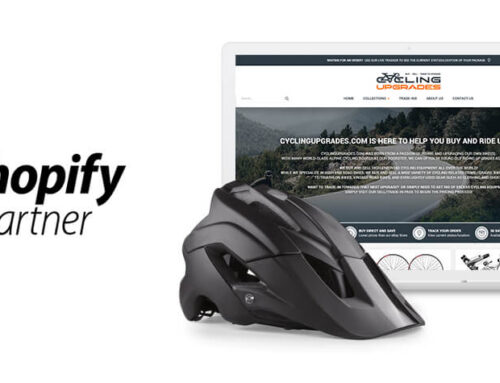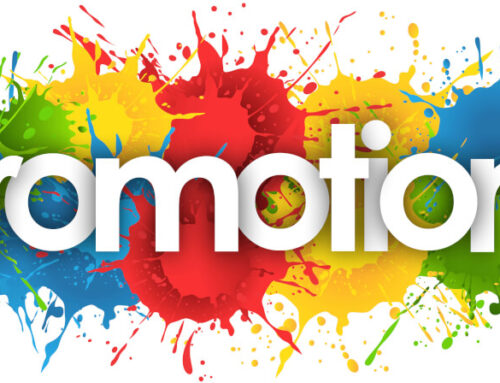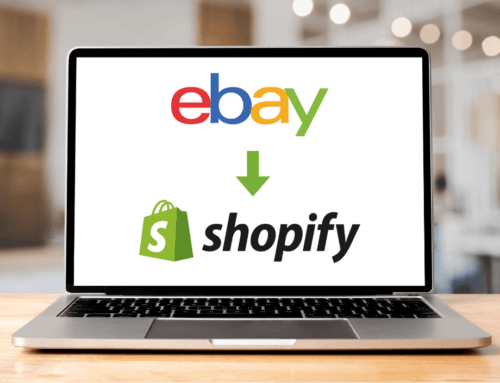
“Marketing is 50% of your business and so is your data” – Chris Reeves
If you don’t market your business, you won’t generate traffic and without traffic how do you expect to generate enquiries and make sales? Similarly, if you don’t use and capture data how do you expect to market your business effectively or make the right informed decisions?
As we’ve discovered from part 1 and 2 data is vital for your business success; in this article we’ll be looking into a few top marketing tips and strategies to help you make the most out of your data marketing.
Intuition vs Informed Decision
You’re driving in a heavy 4×4 filled with gear for a family day’s adventure in the deserted outback and you come across a single cable bridge that ropes across a ravine, the bridge looks weathered and as though it hasn’t been used in a while; there’s no indication of a weight limit – What would you decide?
Intuition is an instinctive feeling as opposed to conscious reasoning. Many entrepreneurs have been highly successful gambling on intuition and there are times when intuition can be very effective but the truth is, if you have the information and know the facts you can make a confident and informed decision for a more successful result.
Personally, I’d want to know the weight limit of that bridge!
Procrastination
“If you do nothing, nothing will happen”
We’ve all been there, I’m too busy, it slipped my mind, something came up, whatever the reason you can’t afford to procrastinate and put your marketing second, if you don’t use your data to actively market your business then quite simply – nothing will happen.
Do you know your top 20%?
Pareto’s principle (the 80/20 rule) states that your top 20% of customers generate 80% of your business – whilst this isn’t always the case the principle still stands that most of your business comes from a smaller percentage of your customers.
If you know who they are, you can build on these relationships to generate additional business, increase the stability of your company and profile these top clients in efforts to find and target prospects of a similar profile.
It all starts with 7…
Fact: “The average enquiry needs 7-14 points of contact to make a sale”
Previously known as the smart 7, this is the typical number of contacts required for a prospect to spend money with you.
The more contacts made with a client and different types of contact (email, phone, banner ad’s etc), the more confident the prospect and the more likely they are to buy from you.
What counts as a point of contact? Pretty much anytime or way in which a prospect comes into contact with your brand. This could be a business card, a conversation with a friend, an email campaign, or a cold call; anyway which means more prospect exposure to your brand.
Time is of the essence!
“Time is currency, spend it well…”
Time is one of the world’s most valuable resources; you need to ensure you’re organised and efficient to make the most of your time and more importantly, your client’s time.
If you don’t respond quickly to a client’s enquiry they can easily become irritated and less confident with you, a slow response risks your customer’s buying experience and potentially the sale.
No, doesn’t necessarily mean no…
A well known oil company discovered it took their best an average of 3 visits and 5 follow-up calls to convert a prospect, yet their average is only two visits then they gave up.
Just because someone say’s no doesn’t necessarily mean they aren’t interested, persevere and work on your enquiry relationship.
Don’t worry – unsubscribes will happen!
Not everyone wants to hear from you and not everyone may like your products or content regardless to how amazing they are, so don’t be disheartened.
Sometimes you can just catch prospects on a bad day, other times they may genuinely not be interested but stay positive and persevere and you will generate a successful campaign!
Check back next week for another informative strategy article from Frooition, the world’s leading eBay design company.
Like this? Please share and like us on Facebook!








